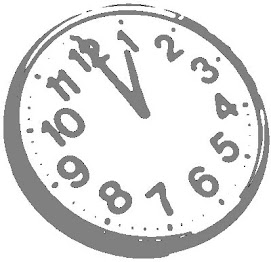Melatonin levels are substantially increased (a strong contributor to drowsiness). At the same time there is an increase firing of the brain’s sleep-inducing organs.
These inhibit the neural system/structures that keep our brain in the active waking state. This is the same system that acts on the brain of the baby rocked to sleep by its parent. Before sleep (bedtime), the brain begins a firing pattern that is characteristic to initial stages of sleep. With the depression in the activity of the neural system, we quickly lose interest in demanding intellectual activities. Soon the only thing we can think of is sleep. Once we rest in an undisturbed place, we drift into “dreamland”.
The risk of danger increases when sleepy people have a critical task to perform, like driving. In a National Sleep Foundation poll, half of Americans (51%) reported driving while drowsy during the past year and nearly one out of five (17%) say they have actually dozed off behind the wheel. According to the National Highway Traffic Safety Administration, 100,000 auto accidents occur each year because of “fall-asleep” crashes.
A AAA Foundation for Traffic Safety study identified lifestyle factors that contribute to sleepy driving. People who hold more than one job, who get six hours or less of sleep, or who drive between midnight and 6 a.m. are at significantly higher risk of a drowsy driving crash. Other studies show that sleep-deprived drivers have reactions like those of people who have been drinking alcohol. Your performance, particularly of critical tasks, is equally impaired by 17 hours of continuous wakefulness or a .05 BAC. Something to think about if you’re planning a trip.
Related Posts:









No comments:
Post a Comment